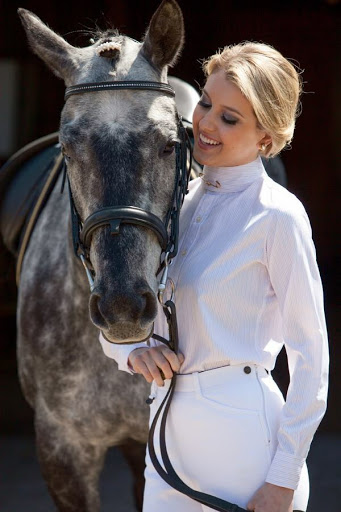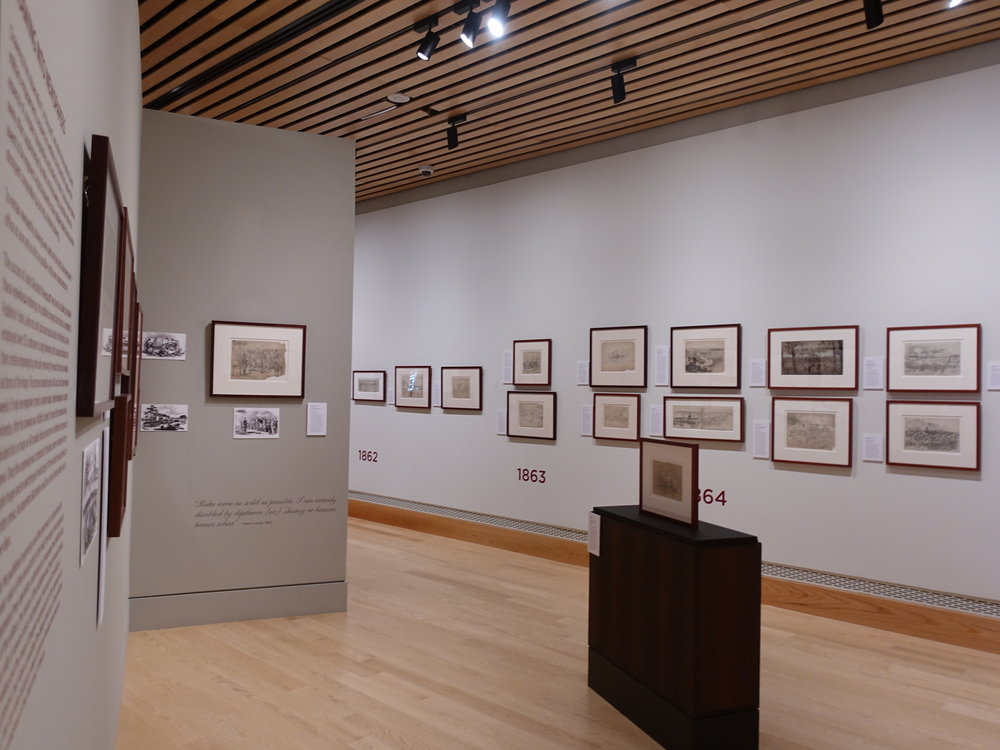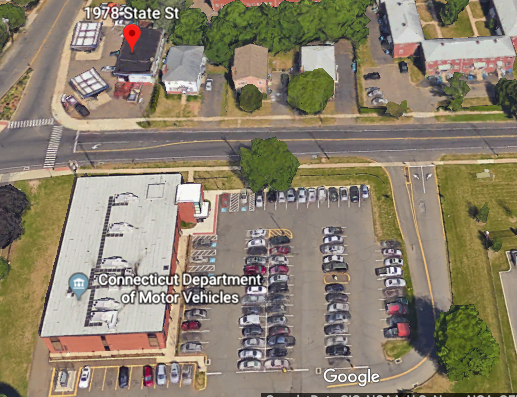By Jeremy Troetti
Quinnipiac University students have expressed disappointment over the unsettled status of the university’s overall connection to the Irish-American community and the university-owned Ireland’s Great Hunger Museum.
The uncertainty arose following an announcement that QU would not march in or continue to sponsor the annual St. Patrick’s Day parade in New York City.
“I’m especially passionate about not distancing ourselves from the Irish experience, because I chose Quinnipiac to take advantage of the Irish connections,” senior history major Alice Valley said. “I decided on this place because it had connections. It seemed to be going someplace because I’m interested in Irish studies.”
While the museum is not closing at this time, university president Judy Olian outlined a plan for the museum to become financially self-sufficient by June 2020 in an email sent Monday, Feb. 4.
The museum, located at 3011 Whitney Ave. in Hamden, opened in 2012. It features the world’s largest collection of art related to the Great Famine, according to the museum’s website.
Former Quinnipiac President John Lahey, who was instrumental in the museum’s opening, described the university’s decision not to march in or sponsor the parade “perplexing” in an article published by the New Haven Register.
Valley, who spent spring semester of her junior year studying abroad in Ireland, explained that, while she approves of many of the actions Olian has done during her time at the university, distancing Quinnipiac from the Irish community would be a disappointment for her.
“Irish Studies (are) a big part of my identity as a QU student. I love the ideas that President Olian is implementing – I am not school spirited at all, but I am beginning to feel a sense of pride that I go to QU… it’s not a shameful thing anymore,” Valley said. “The changes that I’m seeing now are great, but if the changes mean I’m going to lose my connection to the Irish studies, I don’t know if I can really pride myself in being a QU student anymore.”
Junior political science major Kelly Reynolds spent last spring studying in Cork, Ireland, and is also disappointed with the uncertain status of the museum.
“I definitely think it’s a little disappointing because the school has a great relationship with UCC in Ireland and they really encouraged us to go visit the museum before our trip abroad, and a lot of us did,” Reynolds said.
“It helped us because a lot of us were taking Irish history classes, so I got a good idea of the culture and history I was about to become a part of for four months of my life.”
Reynolds said she, like Valley, feels a sense of personal connection to the museum.
“I’ve gone with my family… my grandma is first-generation, her parents are from Ireland, and they left during all the troubles Ireland was having. So I know it means a lot to the people and the families who send their kids here, and it was beneficial for me and my friends before we went abroad to Ireland.”
Despite the uncertain future of the museum, Reynolds feels that it does not necessarily correlate to the university as a whole distancing itself from Irish culture.
“I don’t think it’s an attack on Irish culture in any way,” Reynolds said. “I just think (Olian is) trying to see where Quinnipiac’s resources would best be put, and I don’t think she has as much of an appreciation for Irish culture as President Lahey definitely did, so I think (being) a different president, she’s trying to make her own mark on Quinnipiac.”
Junior physical therapy major Rob DePeppo studied in Ireland last spring and feels the university should not cut all ties with the museum and its representation of Irish culture.
“I feel like separating themselves completely from each other is not the best idea. Maybe they should try – even if they don’t fully support (the museum) – do something to help support them. (The university) shouldn’t cut them off completely,” DePeppo said.
As far as financial self-sufficiency for the museum goes, Valley feels as though the museum has a tough task ahead of them in raising the necessary funds.
“Museums are generally not ever self-sufficient,” Valley said. “When you go down Whitney Avenue and look at the parking lot, there’s not a lot of cars there. If (Olian) wants to get (the museum to be) self-sufficient, she has to put some money in at the beginning before tapering off at the end.”
Reynolds also feels that the museum will need to have community backing in order to meet its financial goals.
“I think they would have to get a lot more of the community support. Right now, I feel that it is definitely visited by mainly Quinnipiac students,” Reynolds said. “I think for the museum to become self-sufficient in a year would be hard, but they would need the community’s support to get the revenue they need to stay open.”
DePeppo offered ideas for the museum to gain the support it needs.
“Maybe if they had some fliers or some kids going around Hamden, just to have the name around there, so (the museum’s name) not just that building you pass on Whitney, that you’re not really too sure what it is. Maybe have some fundraiser or something, just to get the name out there – get it known that they want to stay.”
Valley feels that the key to driving revenue for the museum could come from attracting a younger target audience.
“(The museum) needs to be more interactive. They need younger people there. They should have some college-age (presence),” Valley said. “There’s no buy-in for younger people… It’s not a young person’s museum.”
Overall, Valley fears what Quinnipiac could stand to lose if the museum is not able to stay open. She believes that history is a key component of keeping a culture alive, and that the museum does just that for the Irish culture.
“Public memory is only of the victors. We lose the quieter aspects that would never come to being (without museums),” she said.
Valley believes that, despite the museum having become an established part of Quinnipiac for years, its presence has just begun to scratch the surface in keeping Irish history alive.
“You’re killing something that’s just a bud,” Valley said. “It’s going somewhere… let it go somewhere.”
Despite addressing the museum’s uncertain future, Olian stated that the university remains a place that encourages students and citizens to be well-rounded and culturally aware – values that are present in the lessons the museum offers through its various exhibits.
“The board and I have an unwavering commitment to educating our students and the general public to be enlightened citizens and champions of excellence,” Olian said in the email. “The lessons embodied in the art of the museum – lessons about hunger, oppression, political repression and immigration – are a reflection of Quinnipiac’s values.”













